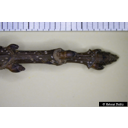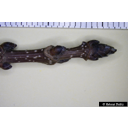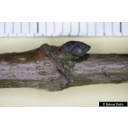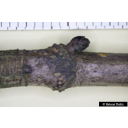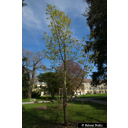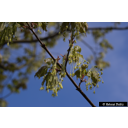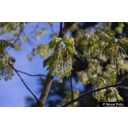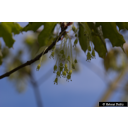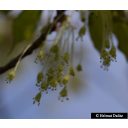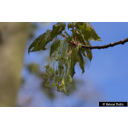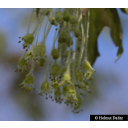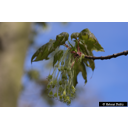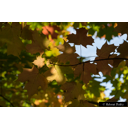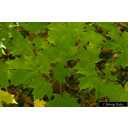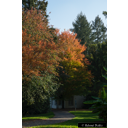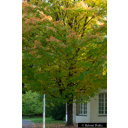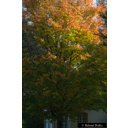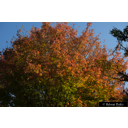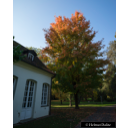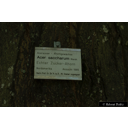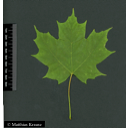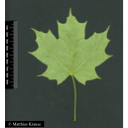Useful information about the taxon (species, subspecies, variety...)
Acer saccharum Marshall 1785
Sapindaceae
(APG IV)sugar maple, rock maple
Akzessionnummer: SP-HB-026-10061
Pflanzjahr: 2015
Patenschaftstext: Patenschaft übernommen durch den Geschäftsführenden Direktor des Instituts für Phytomedizin (360) Prof. Dr. Ralf T. Vögele anlässlich seines 50sten Geburtstages am 19.10.2013
Taxon concept: The Plant List (2014), version 1.1
Distribution: eastern Canada, eastern United States
Acer saccharum Marshall - Accepted: Acer saccharum Marshall bei Zander 2008; Familie: Aceraceae (Zander 2008)Acer saccharum Marshall - Accepted: Acer saccharum Marshall bei The Plant List (2010); Familie: Sapindaceae (APG III)Acer saccharum Marshall - Accepted: Acer saccharum Marshall bei The Plant List (2014), version 1.1; Familie: Sapindaceae (APG III)Acer saccharum Marshall - Accepted: Acer saccharum Marshall bei The Plant List (2010); Familie: Sapindaceae (APG IV)Acer saccharum Marshall - Accepted: Acer saccharum Marshall bei World Flora Online - APG IV (Angiosperms); Familie: Sapindaceae (World Flora Online - APG IV (Angiosperms))
- Color of flower
- greenish-yellow
- Flowers
- monoecious/dioecious
- Flower ecology
- wind-pollinated (anemophilous) and insect-pollinated (entomophilous) (bees)
- Life form
- large tree
- Foliage persistence
- deciduous
- Soil conditions
- preferentially in deep, moist, well-drained soils
- Natural occurrence (habitat)
- canyons, ravines, valleys, along streams
- Constraints according radiation (light)
- shade-tolerant
- Life span
- long-lived (up to 500 years)
- Usage
- used for making sugar and syrup; wood is used to make furniture, flooring and veneer, also used for gunstocks, tool handles and musical instruments
- Bark
- light grey to grey-brown, deeply furrowed bark
- Altidudinal lower limit (sea level in m)
- 500
- Altitudinal higher limit (sea level in m)
- 1,700
Nesom, G. (2006): USDA Plant Guide: Red Maple. See: https://plants.usda.gov/plantguide/pdf/pg_acru.pdf; Pritsch, Günter et al. (2007): 200 Trachtpflanzen erkennen und bewerten.. Kosmos, Stuttgart;
Diese Webseite verwendet Google Maps, um Karten und Standorte von Pflanzen in den Hohenheimer Gärten anzuzeigen. Dadurch werden unter Umständen Daten an Google weitergeleitet, was mit einer Verarbeitung Ihrer personenbezogenen Daten verbunden sein kann. Die Datenschutzerklärung von Google finden Sie hier: Datenschutzerklärung von Google

